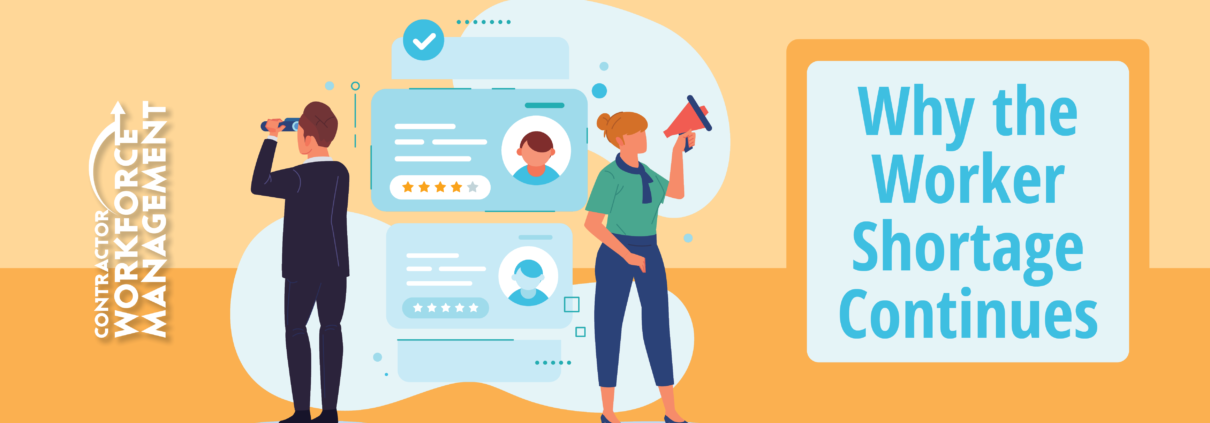Why the Worker Shortage Continues
The Wall Street Journal reported on Friday, May 7th that there are many reasons holding back potential employees from the labor market. Over 4-8 million fewer people are currently in the labor force than before the pandemic, depending upon how they are counted.
- Fear of Covid-19, sickness (the USA still averages over 45,000 positive cases a day). If 45,000 people quarantine for 14 days, that removes approximately 500,000 from the available workforce even if they don’t get really sick
- Lack of childcare and open schools
- Previous employer has offered to rehire soon
- Few job openings in their area
- Extended jobless benefits
“I think this is just as much about a shortage in labor supply as it is about a shortage of labor demand,” Jason Furman, an economist at Harvard University commenting on the weaker than expected April jobs report, told CNBC. “If you look at April, it appears that there were about 1.1 unemployed workers for every job opening. So there are a lot of jobs out there, there is just still not a lot of labor supply.”
Census data taken in recent weeks suggests the closures of day-care centers and schools have forced millions of Americans to stay home and care for children or oversee online learning.
According to a Census Household Pulse survey taken in late March, 6.3 million people reported that they were not working because they needed to care for a child not in a school or day care. Another 2.1 million were caring for an older person.
An additional 4.1 million Americans said they were not working because of concerns about getting or spreading Covid-19.
The labor shortage should ease in 2021, but the process may take months as:
- Vaccination rates continue to rise
- Schools fully re-open
- $300 per week federal unemployment bonus above and beyond what states provide, expires in September
To learn more, download the the myApplicants fact sheet.
To discuss hiring, onboarding and training, email us at contractorsuccessteam@mitcsoftware.com.



